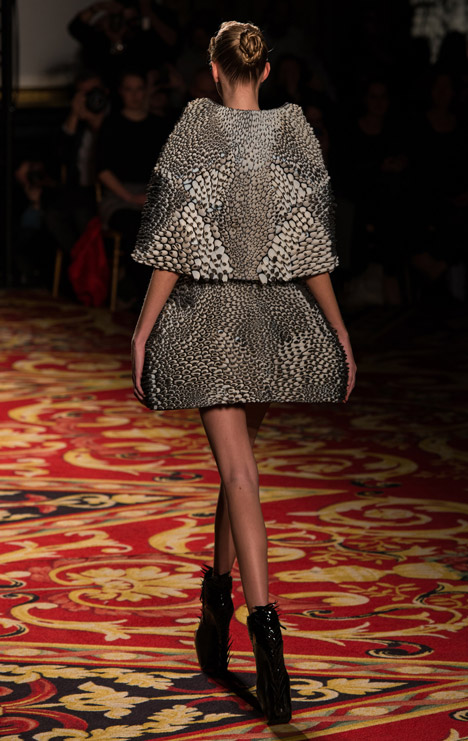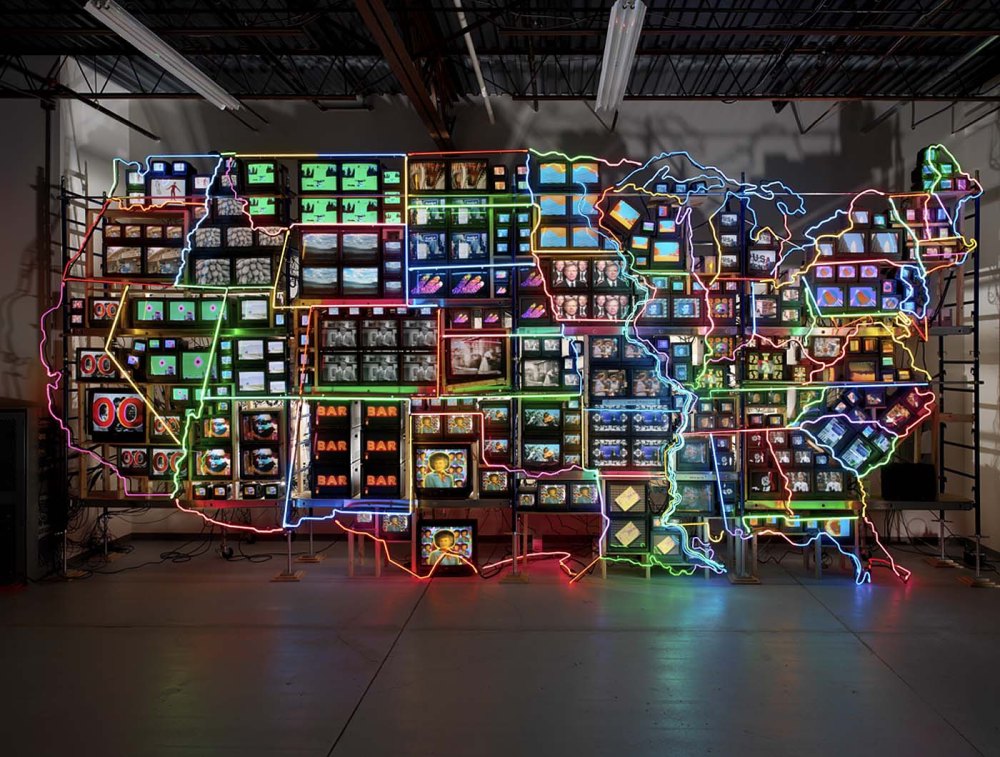I have included Keren Oxman into my blog because I am fascinated by 3D printers and how they work. I find the idea of printed 3D objects a huge innovation because you can create new objects that you can use. Theres also huge opportunities for it to be used in the Visual Art practice. Keren Oxman interests me because she creates beautiful organic artworks that are also worn as a fashion piece. Her pieces are fluid and organic and look like wearable art. Her work experimentally investigates traditional media with digital morphogenesis. She also tries to incorporate disciplines like textile crafts with algorithmic behaviour. 
I am not a huge fan of Runway fashion as I like to wear clothing that looks nice but is still quite functional. I do however recognise that the runway is an opportunity for Fashion designers to explore their creative ideas. I have never seen 3D printing being used on clothing before and I love the organic, natural patterns that can be created. 
This is my favourite piece from Keren. This work was modelled on 3D anatomical models of the human body. Muscles, veins and arteries were then manipulated into a 3D modelling environment. The concept is for turning the body inside out and projecting the interior to the exterior of the body. I think this piece is beautiful and elegant and I believe that it succeeds in turning the body inside out. 





















